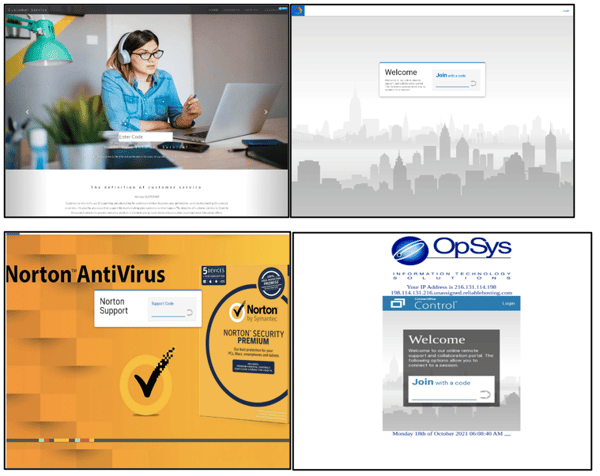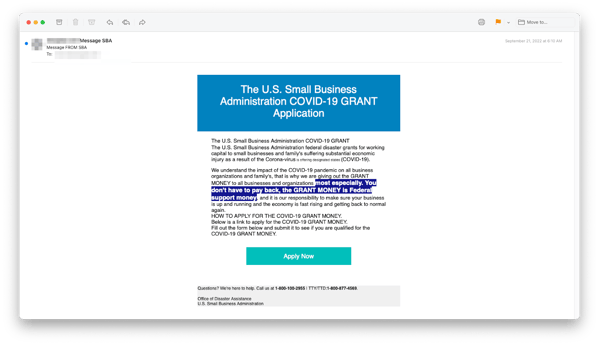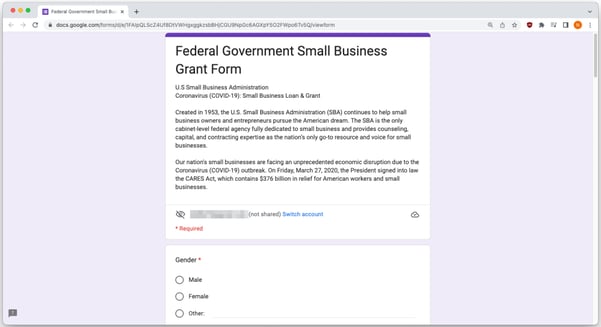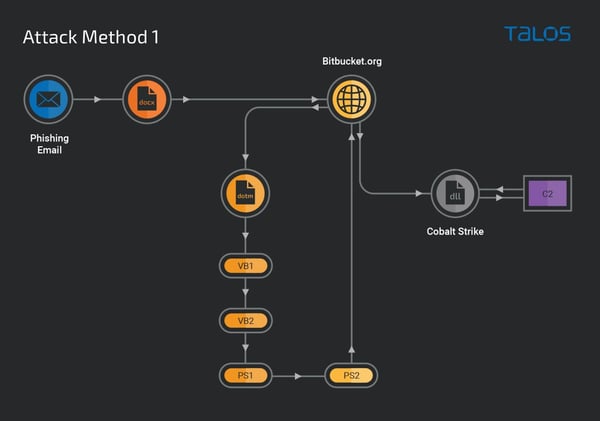Stolen Devices and Phishing
Researchers at Cyren describe a phishing attack that resulted from the theft of a stolen iPad. The iPad was stolen on a train in Switzerland, and briefly appeared on Apple’s location services in Paris a few days later. The owner assumed the iPad was lost for good, but sent a message to the iPad with her phone number just in case.
More than six months later, the owner received a text message claiming to be from Apple Support, claiming that her iPad had been found. The message included a link to a spoofed iCloud website that asked for her Apple login details. Fortunately, she didn’t fall victim to this attack.
Cyren’s researchers then tied this attack to a sophisticated phishing kit designed to spoof multiple Apple services. The attacker receives the stolen data via a custom-made Telegram bot.
“A Telegram bot is useful for this purpose since it allows for easy broadcast via the cloud – in technical terms, a http API,” the researchers write. “It’s surprisingly easy to set up a Telegram bot for this purpose, the process can be done in about one minute. [A]fter creating a bot, you receive an authentication token. The authentication token allows you to control the bot and send messages. The reason that the attackers are using it is because Telegram has an HTTP-based interface which allows bot owners to send messages just using a HTTP request that includes the token of the bot, a chat id, and the message. This is all completely free of charge and the bot owner doesn’t need their own separate server to handle the communication. It is also user friendly for the attacker as he conveniently receives the victim info in a telegram chat.”
After stealing the credentials and logging into the victim’s account, the phishing kit will automatically remove the linked iCloud account from the device. This allows the attacker to “reset the stolen devices and set them up as new devices so they can be sold.”






Recent Comments